3D printing has become an indispensable part of various applications across many industries. The most talked niche is the 3D printing medical applications.
This technology has provided immense possibilities to the niche which wouldn’t have been possible otherwise. 3D printing in the medical field has given direction to a lot of research and many have been successfully accomplished as well.
While the research in medicine parallel to 3D printing is never going to fade, there are few that have been tested and being utilized in real-time. There are many stories that prove 3D printing has done a lot for helping patients and the medical industry through innovative advancements.
By solving problems related to organ transplants, dental implants, and many others, 3D printing has gained trust. The medical industry believes that this technology can create a revolution if directed properly.
The fact that possibilities through 3D printing are immense and these do not seem to end anywhere, the technology has been welcomed by scientists and researchers all around the world.
Government and businesses are investing in researches to find a better solution to medical problems that have not been resolved yet. So, what are the things that are possible with 3D printing currently? You would be amazed to know the answer.
List of 3D Printing Medical Applications
Here are a few of the most groundbreaking innovations that led medical science to scale exponentially. Thanks to 3D printing which has provided the medical industry with so many alternatives and optimal solutions to various challenges.
Bioprinting Blood Vessels
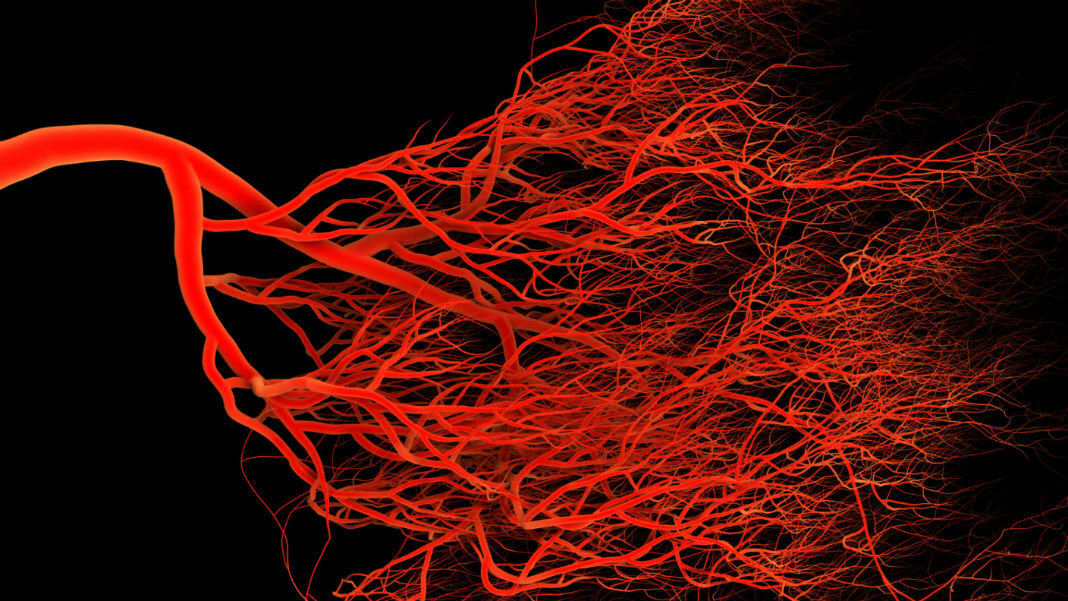 Credit: singularityhub.com
Credit: singularityhub.com
The research into finding possibilities of 3D printing into medical science has led to bioprinting technology. Now, it is possible to print tissues that can carry blood supply.
Although artificial tissues aren’t something new, however, the inclusion of blood vessels has made the news fresh once again. Dr. Jennifer Lewis, a material scientist, and her team have designed a custom-built 3D printer.
Their research has also concluded a dissolving ink that can create a swatch of tissue containing interwoven biological structural material with skin cells. These are believed to work as potential blood vessels.
Sensors
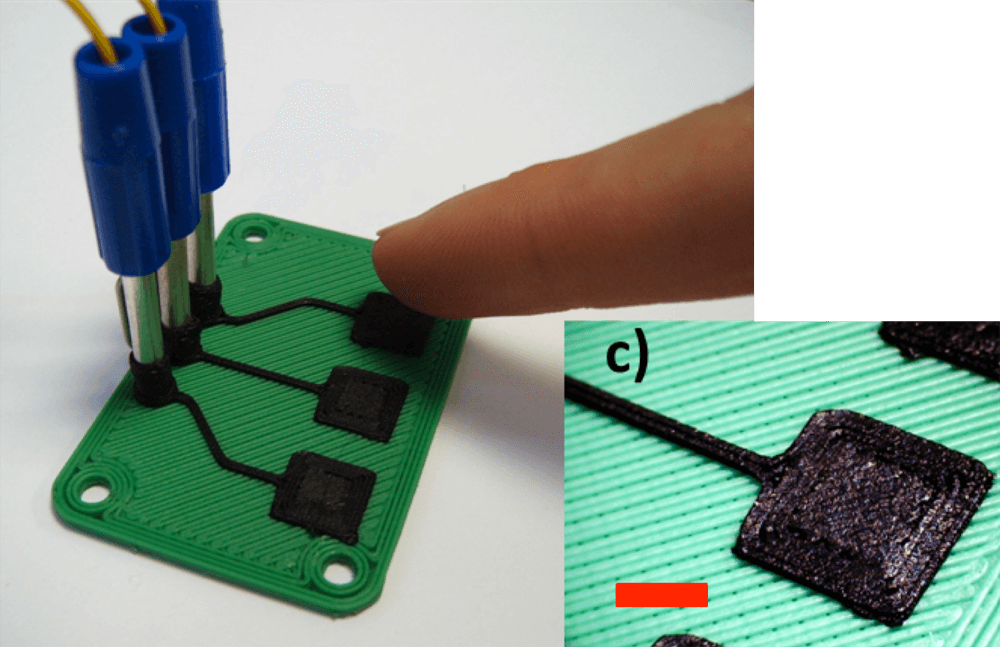 Credit: ponoko.com
Credit: ponoko.com
There has been an amazing development to print models using scans from animal hearts. These models are used for wrapping stretchable electronics.
The research suggests that the silicon device can be unwrapped from the model printed using an animal heart’s scan and can be attached with perfect fit onto a human heart. This research is being carried out by researchers working at Washington University in St. Louis.
As of now, the electronic sensors have been able to detect heart strain, oxygenation detectors, as well as temperature.
And, further research is being done to further improvise the electronics with multiple sensors. The ones that could measure acidic conditions, hence, can detect blocked arteries.
Customized Prosthetic Parts
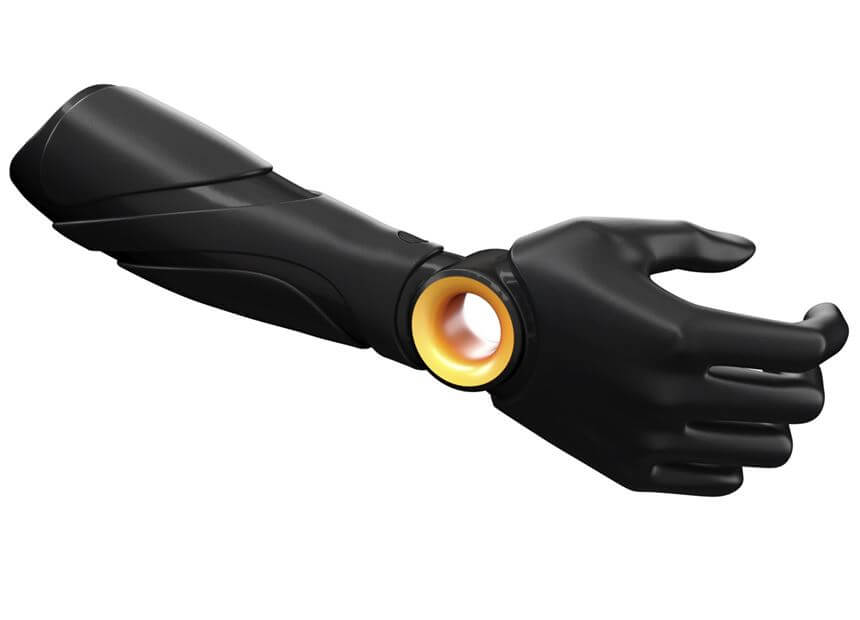 Credit: ptonline.com
Credit: ptonline.com
This is old news now. However, does deserve a place on the list. All because of the many benefits it provides to the patients with limited resources.
Those who are not able to afford prosthetics made by traditional methods can now own a prosthetic limb. With 3D printing, manufacturing of prosthetics with precise accuracy is possible.
And that too at a lower cost. Many companies and organizations across continents are funding for such cause. The two well-known names in the field of prosthetic limbs are Robohand and E-Nable.
These organizations have received global recognition and have been able to proliferate with enormous success.
Research Models
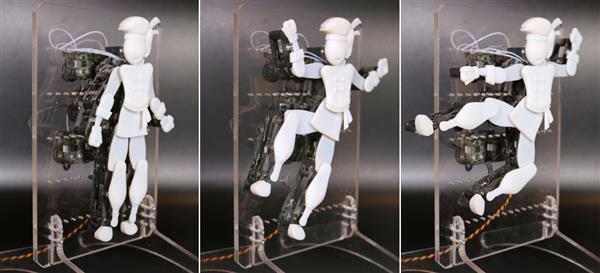 Credit: 3ders.org
Credit: 3ders.org
Medical models for researches are very important to carry tests and for getting to the conclusions. There are many examples where 3D printing has helped deriving such a conclusion through successful testing on models printed by 3D printers.
Among the various 3D printing medical applications, this one can help create history by targeting diseases that we have not been able to defeat to date.
One example is the printed models of cancerous tumors that have been created to aid the discovery of new anti-cancer drugs. These models are used by the team of researchers in China and the US for understanding the development of tumors and how these tumors spread.
3D printing is able to create patient-specific models from the data gathered from MRI and CT scans. These models are very specific and accurate and hence, can be brought into practical application.
This could enhance the success rate of complicated surgeries. At the same time, reducing the time taken to complete the surgery.
Similarly, at Materialize HeartPrint, experts can create accurate cardiac models for helping doctors better understand the case and provide the best treatment.
Dr. Tarique Hussain a Paediatric Cardiologist at UT Southwestern, UK deems that the 3D Printing helps show individualized anatomy which is unique for every congenital heart disease. This leads to better judgment of procedure and surgeries, hence minimizing the probable mistakes.
Printing Drugs
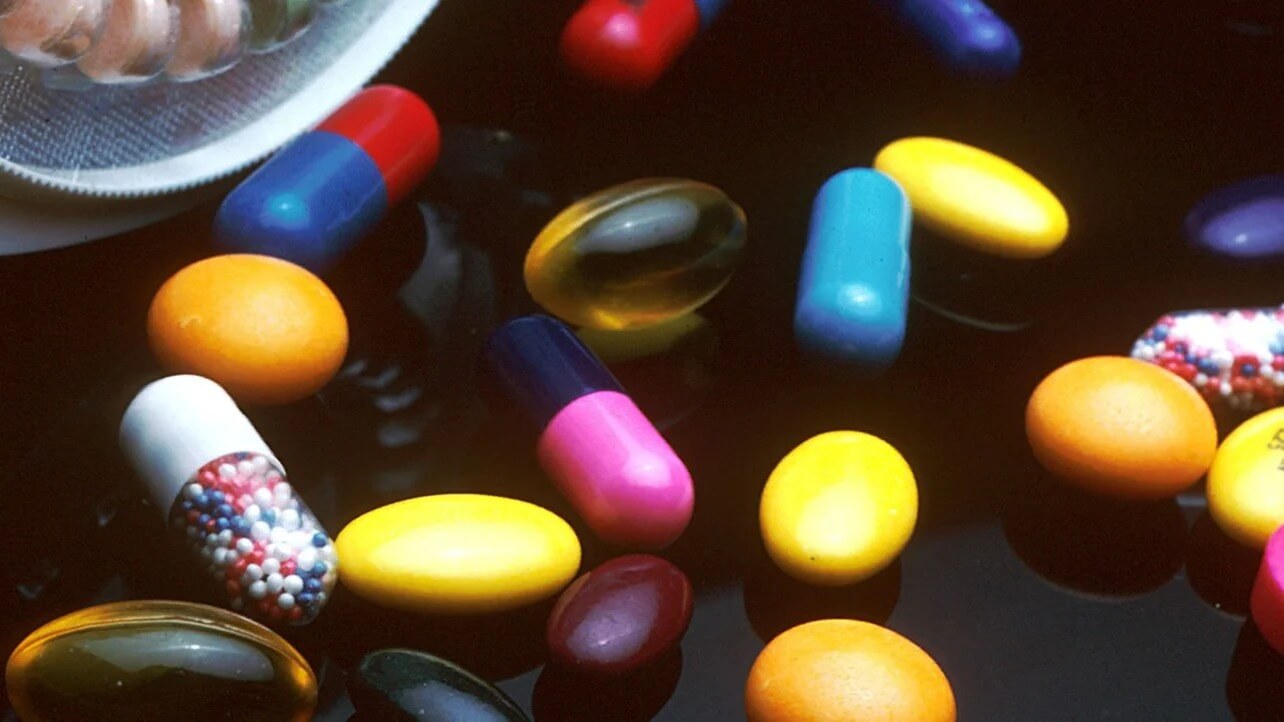
Yes, it is possible. Although the research is still young and is not being widely used, few examples have already been set. For example, the Louisiana Technical University researchers have been able to print biodegradable and biocompatible devices. These are able to deliver bone cancer medicines.
Likewise, Lee Cronin who is a chemist at the University of Glasgow is trying to do some more twigs and tinkering for discovering and distributing prescription drugs.
Lee Cronin highlighted the capability of a prototype 3D printer in assembling chemical compounds at the molecular level. The chemist wants to realize a solution where patients would be able to buy the blueprint and chemical ink required for printing the drug at home based on the digital prescription.
Heart Valve Printed with Dual-Syringe Machine
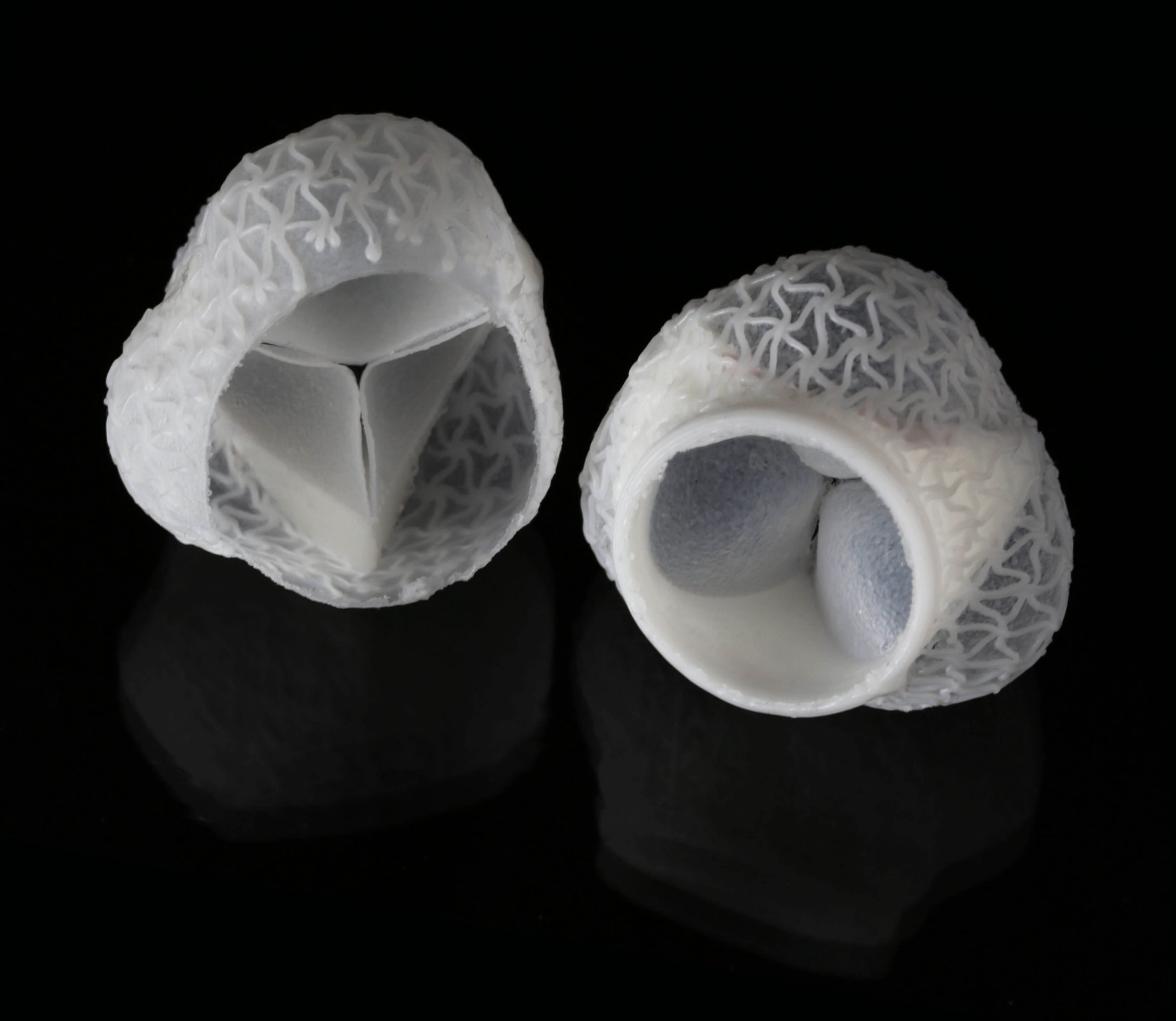 Credit: cell.com
Credit: cell.com
Aortic valve disease (AVD) is a disease that causes defects of a congenital heart valve. These defects are very dangerous when diagnosed with a newborn. This can be treated by replacing the defective valve.
For adults, the prosthetic valves have been able to resolve the problem. However, these prosthetic devices are insufficient when it comes to treating younger adults as well as children.
The good news is that the research related to the treatment of AVD is already in progress. The additive manufacturing technology, also known as 3-D printing, has been improvised for creating 3-D structures with the help of living tissues.
These structures are very precise and can be realized through 3D bioprinting. The Cornell University researchers have succeeded in fabricating living heart valves that replicate the anatomical architecture of the original valve.
However, there is a long way to go for making this treatment available in real. But, it is possible and already completed halfway.
Printing Bone
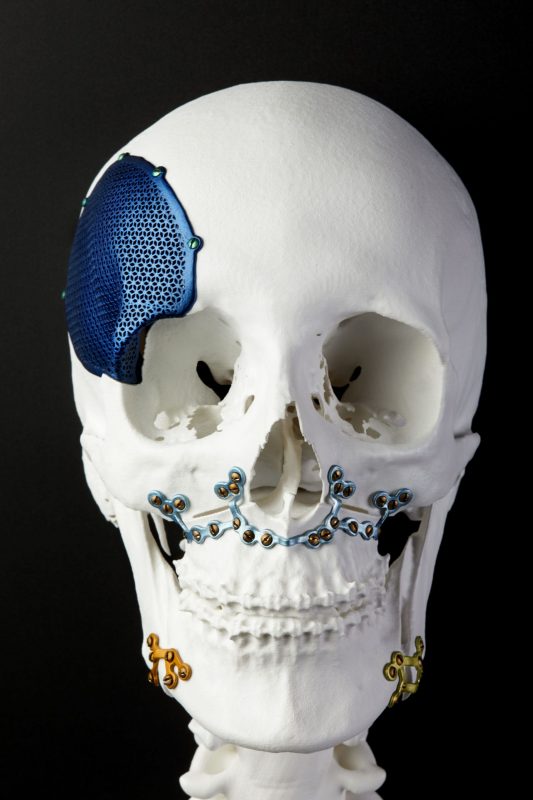
In 2011, the news made a huge breakthrough and read: “It looks like bone. It feels like bone. For the most part, it acts like bone. And it came off an Inkjet printer.”
So, what did this mean? Actually, the research done by the team of researchers at Washington State University printed a bone-like material and structure with the help of a 3D printer for using it in orthopedic procedures. These structures can also be utilized for treating osteoporosis.
The researchers showed that the structure, when paired with actual bone, can act as a scaffold. This will help in the growth of new bones. Finally, will dissolve without causing any side effect to the patient.
The scaffold can be printed according to CAD files created with the scans of the defect to treat each patient as per their individual needs.
Aren’t these examples a proof that the world of medical science has been lot benefited by the 3D printing technology?
3D Printing Medical Applications to Treat Burned Patients
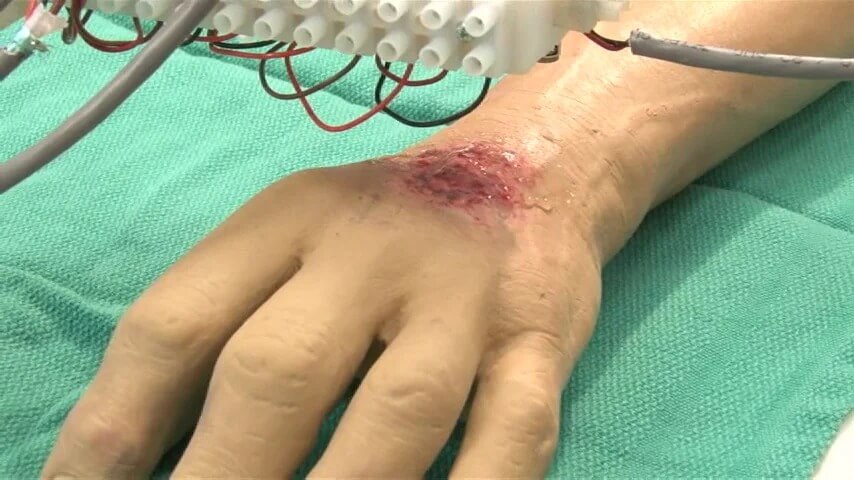 Credit: school.wakehealth.edu
Credit: school.wakehealth.edu
James Yoo, a professor from the Institute of Regenerative Medicine has developed a 3D printer that can deposit layer by layer skin straight onto the wounds of burn victims.
The printer would first scan the wound severity for assessing the number of layers of skin needed for covering the same. Finally, it would be able to fabricate the appropriate number of skin layers in order to cover the wound.
The attached scanner to the 3D printer is designed for scanning the depth and area of the wound. The machine can further convert the scan to a 3D printable file. This file will assess the number of layers each specific wound would need.
The research has been demonstrated on a pig by printing a 10-cm piece of skin.
Printing of Ear Cartilage
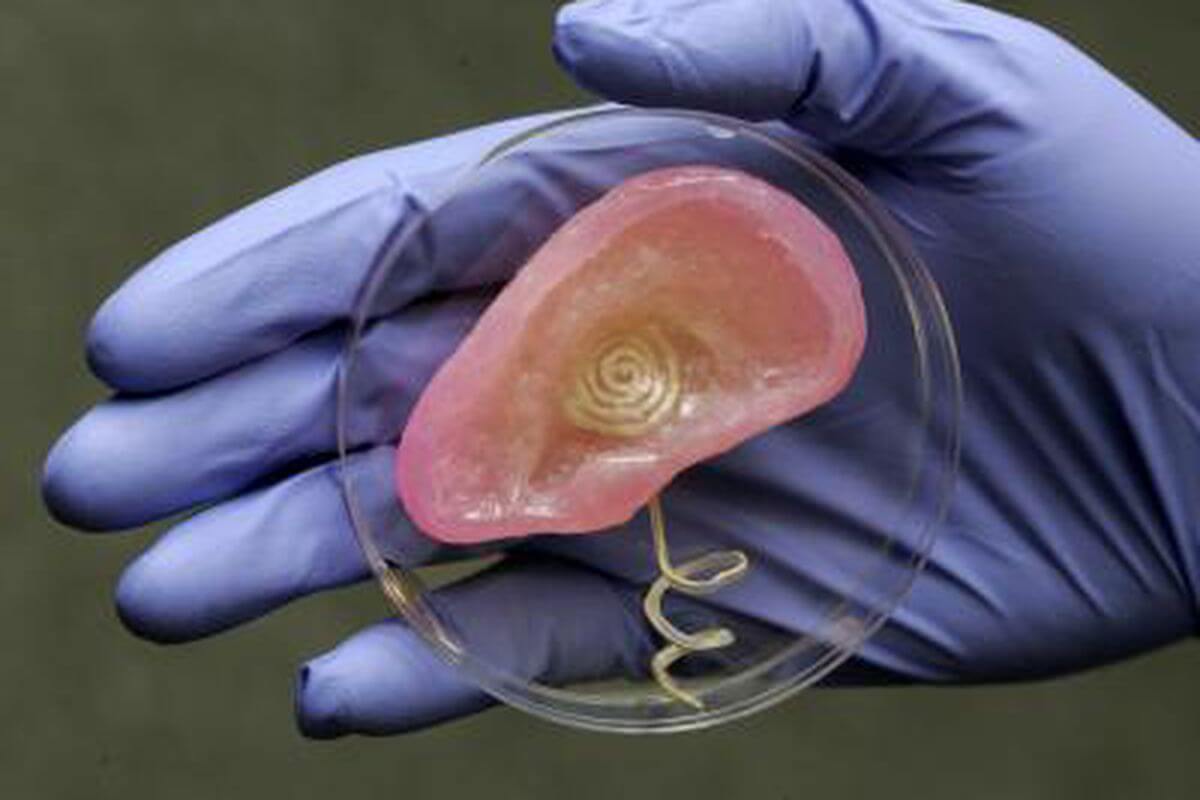 Credit: theverge.com
Credit: theverge.com
With advancement, a lot of things have become possible. Think of using 3D photos for printing human ears in order to create ear molds. This has been made possible by Cornell’s Lawrence Bonassar.
These earmolds are filled with bovine cartilage cells suspended in collagen. This collagen helps in holding the shape of the ear. At the same time, the cells continue to grow to their extracellular matrix.
The research has been furthered for 3D printing intervertebral discs. These discs are very useful in treating spinal complications.
The team is looking forward to creating built-in electronic components for superhuman hearing. All these things remind of the capabilities that 3D printing technology holds and is able to accomplish.
Medical Equipment
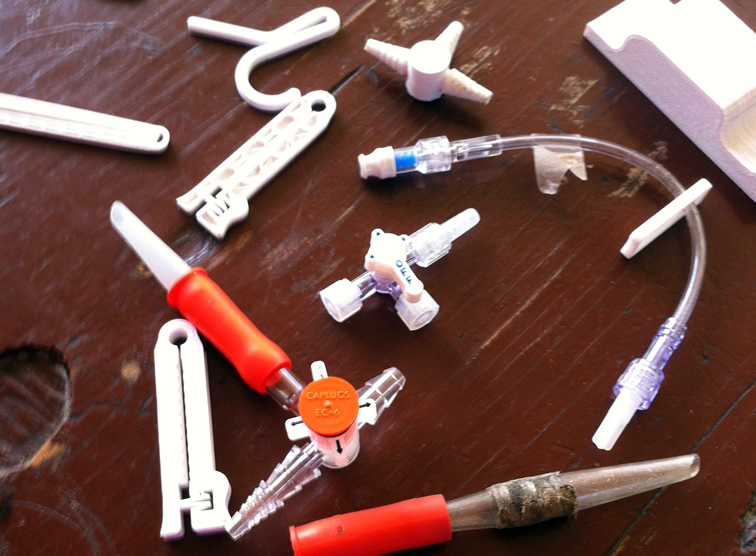 Credit: 3dprintingindustry.com
Credit: 3dprintingindustry.com
Why is it so much talked about? Printing of medical equipment does suffice a cause. The non-profit organizations have used 3D printing for helping those areas and countries that lack medical supplies because of the expensive price tag. The organizations are using 3D printing for creating equipment for medical help.
By benefitting the local clinics that cannot afford to own expensive medical equipment, the project has acquired global attention. iLab is one such example that is a result of collaboration among Haiti Communitere, KIDmob, and the Blue Marble Movement. The group aims at helping clinics of Haiti for responding to a human crisis.
Organ Transplant
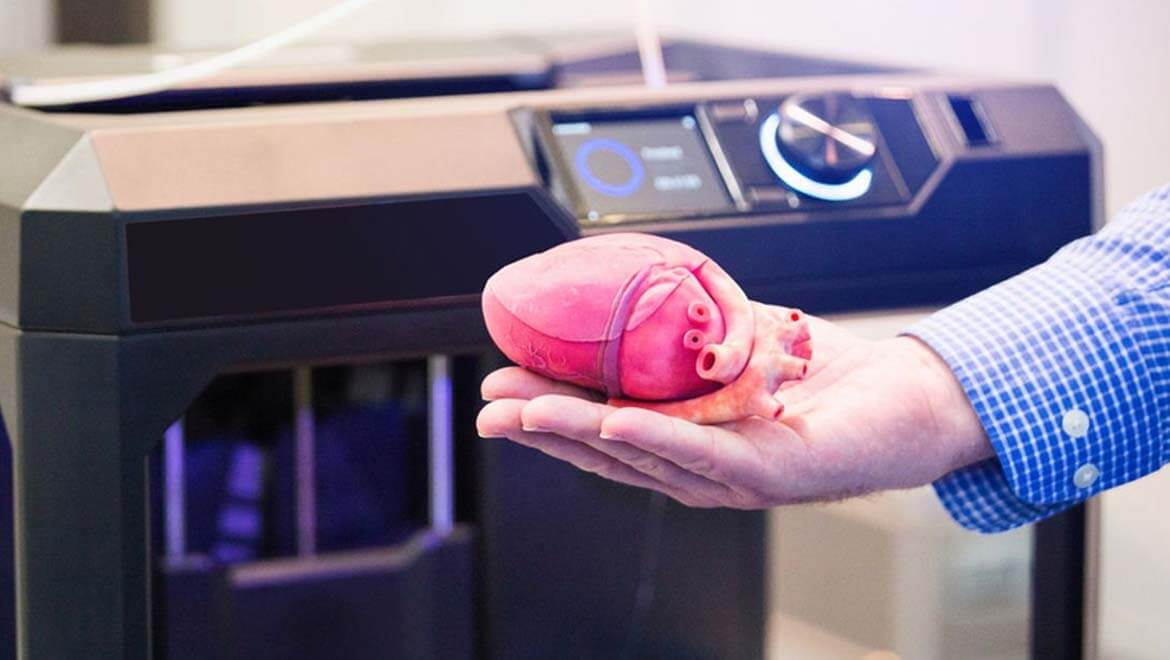 Credit: evolving-science.com
Credit: evolving-science.com
An organ transplant is a very critical surgical process. Above all, the waiting time for receiving the organ in the donation is increasing at the fast rate which creates an emotional imbalance among patients.
Many lose hope of finding a donor with a matched organ. While there seems to be no solution to the problem, 3D printing has already spur seeds of hope among researchers.
Organovo has already worked for creating bio-printed liver assays. These are 3D printed liver cells, however, a restricted lifetime of 40 days.
While, it’s still a long way to get the research at the operational level and being able to print organs such as liver, heart, and kidney, the team is very positive about the current success. This may take more than a decade, as per the experts.
The conclusion
As an individual, we may ignore such news and discoveries. However, this does not lessen the importance of 3D printing at all. Experts are trying and researching to find solutions that may be able to provide potential aid to the human race.
The problems such as failed organs have been increasing with time. However, the number of donors and the possible treatment aren’t sufficient to provide a permanent resolution.
All these challenges bring 3D printing to the forefront. Because 3D printing has been able to contribute immensely to the medical niche, the expectations have risen even further. Scientists and organizations are wanting to get the most from the technology and are being reflected through their attempts.
Some fail and some succeed. While every success becomes discovery, the failure leads us to new alternatives for solving the problem in hand.
Hence, civilization has benefited in both ways. With 3D printing, one can realize huge success and is evident through the 3d printing medical applications already in use.
The examples listed above are just a few of the many that are being carried in different parts of the world. There is much more that is happening around 3D printing related to the healthcare niche.
The advantages are many and our experts are already trying their best to ensure no loose ends are left untouched.
3D printing medical applications can help humans fight deadly diseases. And, the spark has already been lit.




